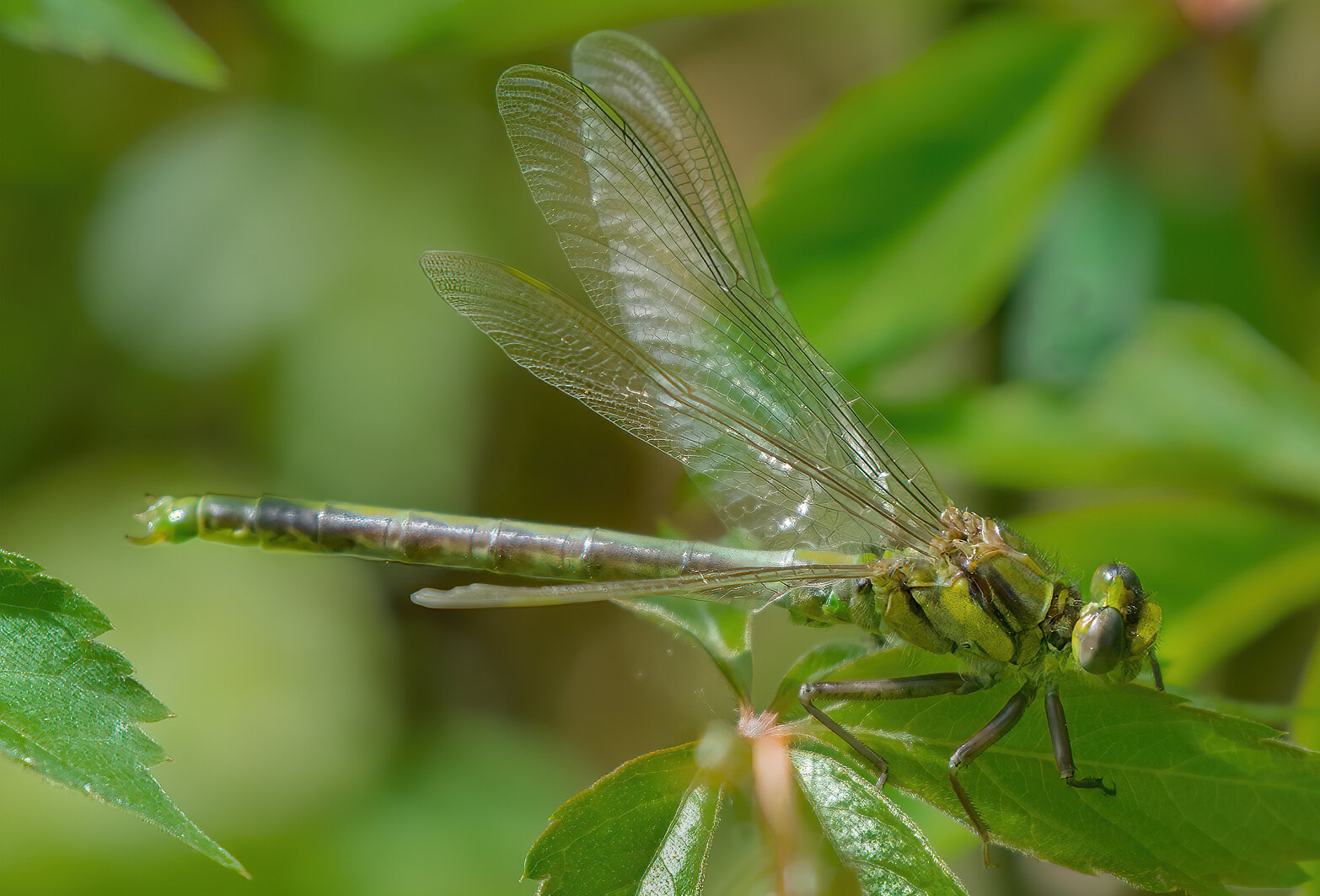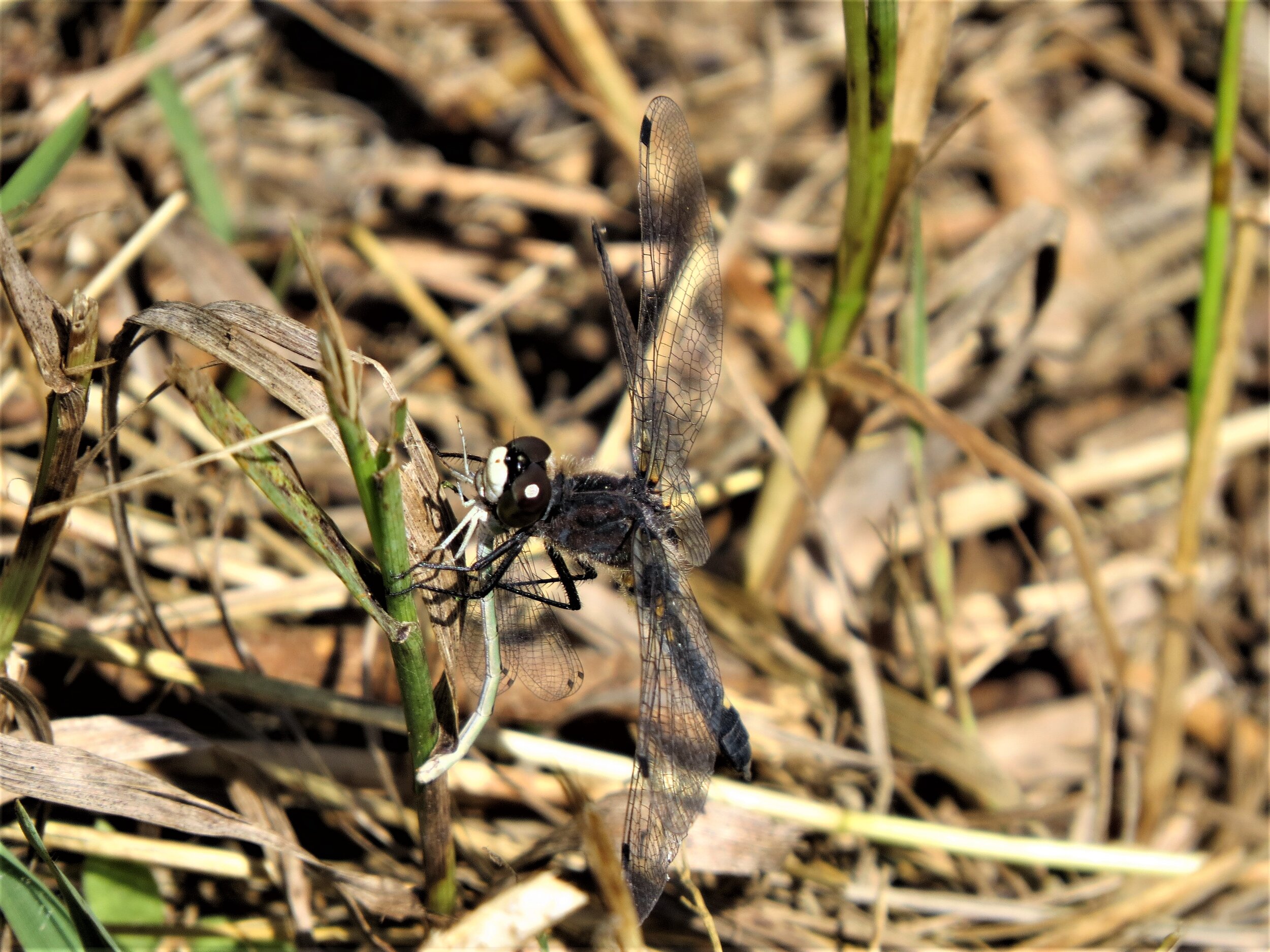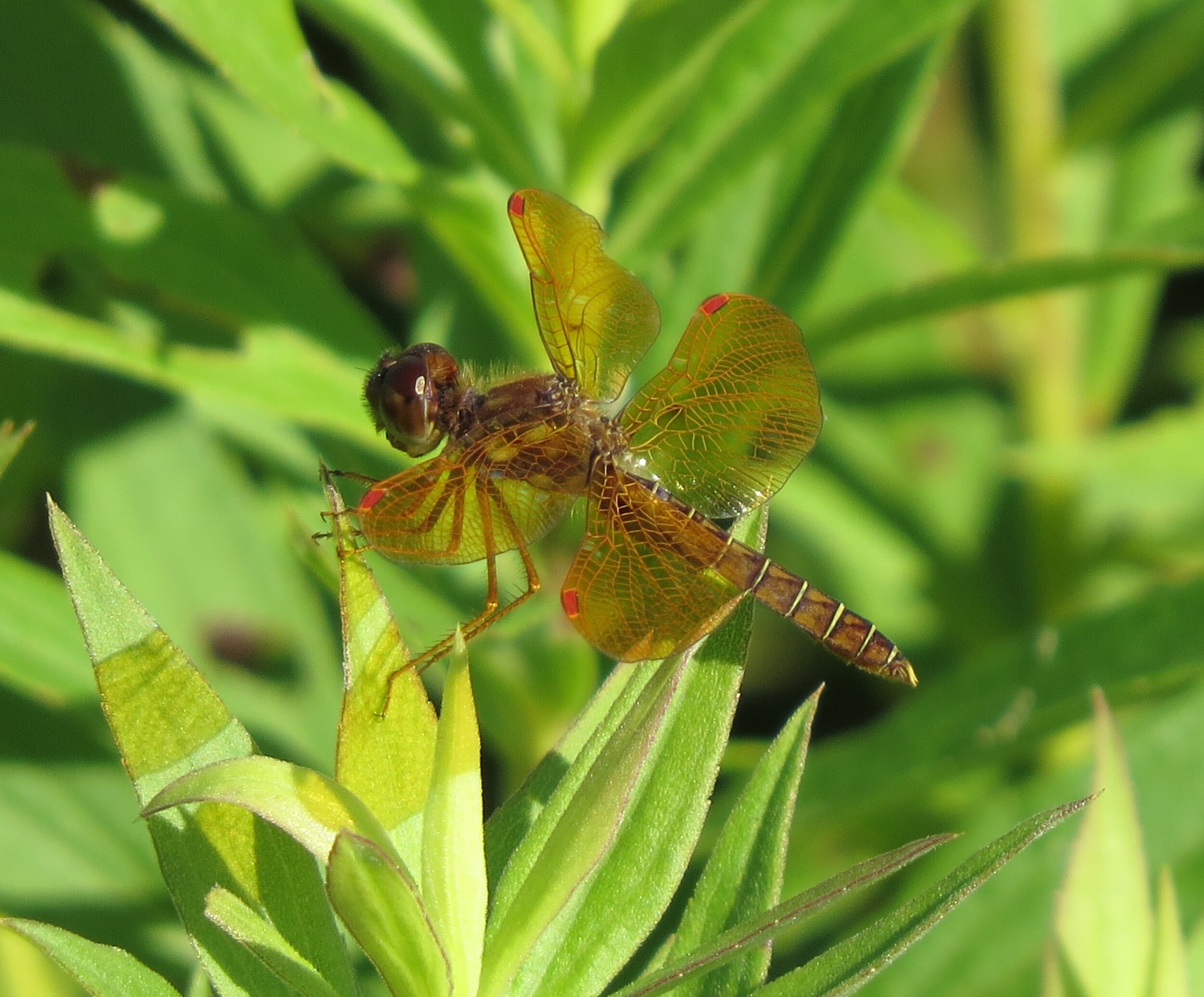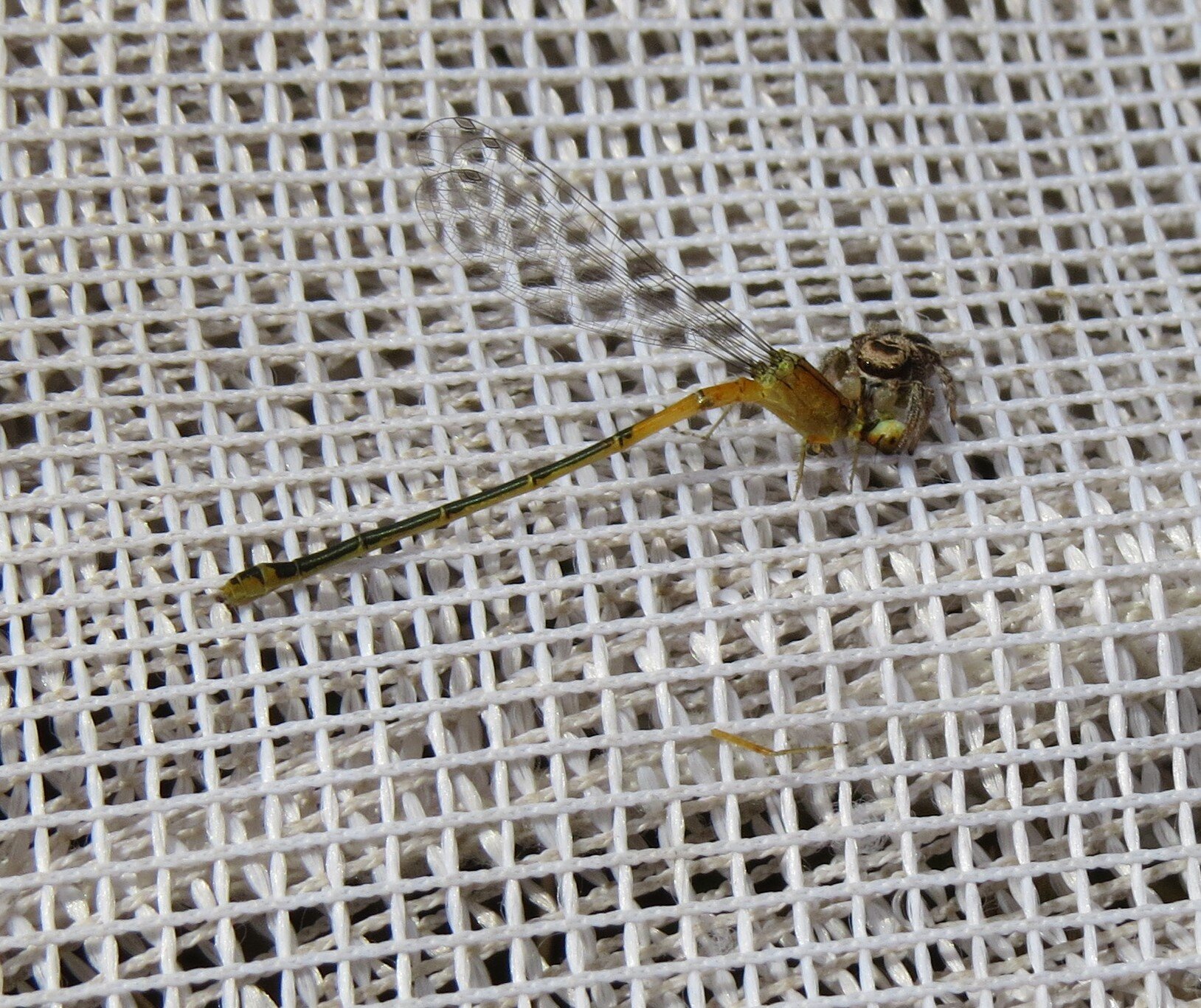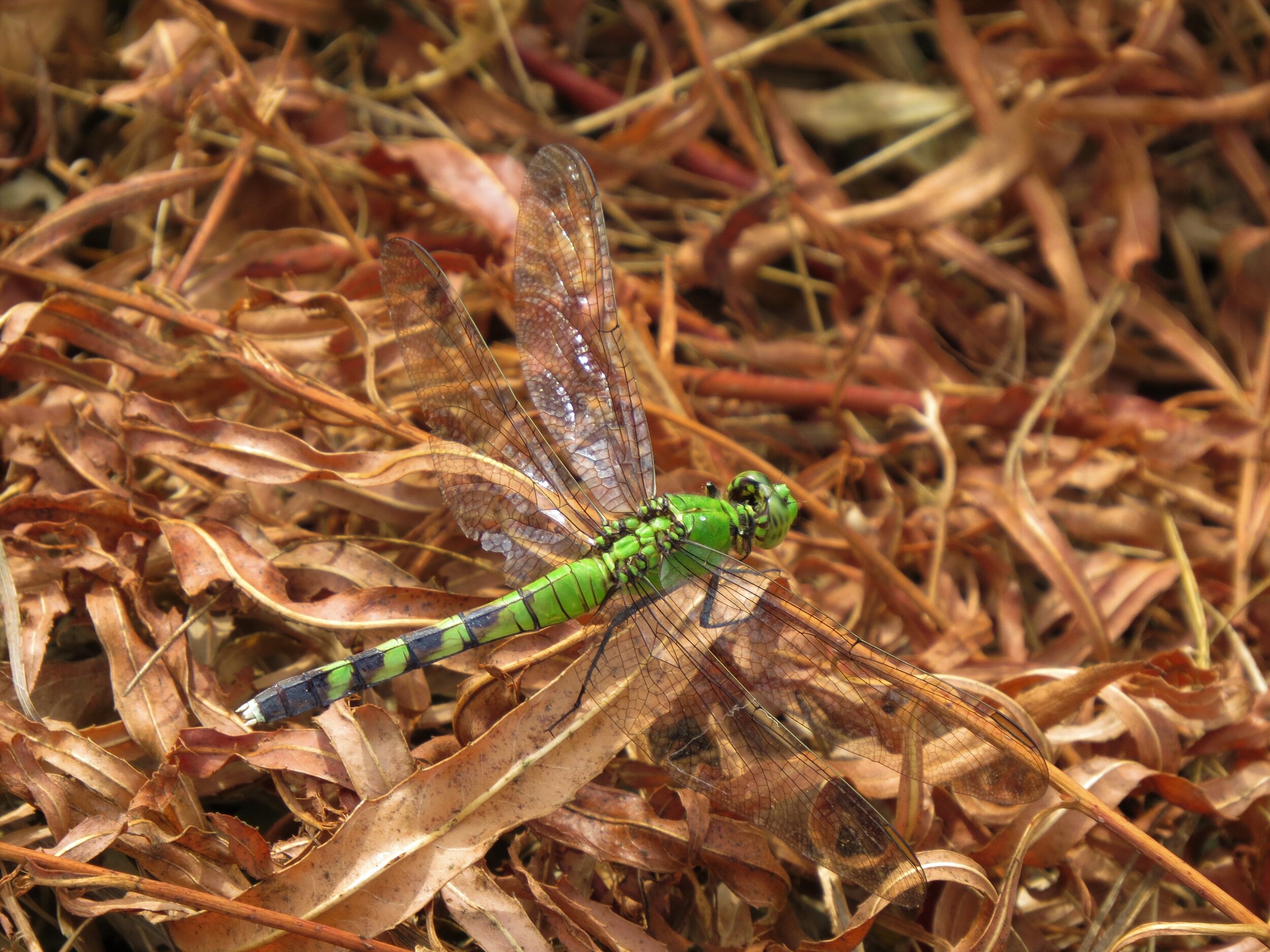The best bird found was a short-eared owl. Our “watch dog/bird counter” schipperke ran to the window at dusk and barked loudly. Sue went to see what drew his attention and saw a short-eared owl within 30 feet of the cabin. This is the third time in that week that a short-ear was present. At times, it looked like a Butterball turkey convention with large numbers of wild turkeys feeding under the feeders.
We grew up with parents that fed the birds and we really enjoy feeding and observing the birds. We feed cracked and shell corn, black oil sunflowers and sunflower chips, white millet, and suet. It is important to keep the feeders clean. At Goose Pond and at the cabin we use “Ecoclean” Wild Birds Unlimited feeders with antimicrobial product protection. We also have heated bird baths that the birds really like drinking from. It’s important to keep feeders and birdbaths clean and on a sanitizing schedule.
Looking at the Wisconsin data we saw that Kathy Kershaw from Madison ranked number one with reporting 52 species on the GBBC. She entered 16 checklists in four days. Kathy is driven, dedicated, loves her birds, likes to learn, and is relatively new to eBird.
Kathy’s bio in her eBird summary reads "What bird is that? I actively took up birding in 2015 after we added a 2nd story sunroom overlooking our gardens, Koi ponds, mature trees, and beyond. I started venturing off our property late April 2016 and posting on eBird. I haven't stopped since—birding/posting daily. We have both mowed open areas and footpaths looping through brush/forest areas. Adjacent ~140 acres add grassland areas, more large trees 'n tangles, +farmed and fallow areas. Walking our land developed my interest well past watching birds at the feeders we've put out for 20+ years. Yet, I still love seeing birds at our (now many) feeders, birdbaths, and Koi pond areas near the house. I've become an obsessed daily birder. I've enjoyed seeing both rare and common birds as I venture near and far to both familiar and new places. At times I join field trips where I have met wonderful, knowledgeable, very helpful people. So much to see, hear, and learn!”
Since 2016 Kathy has entered an impressive 3,584 complete checklists and reported 294 species with photos of 262 species and audio of 37 species.











